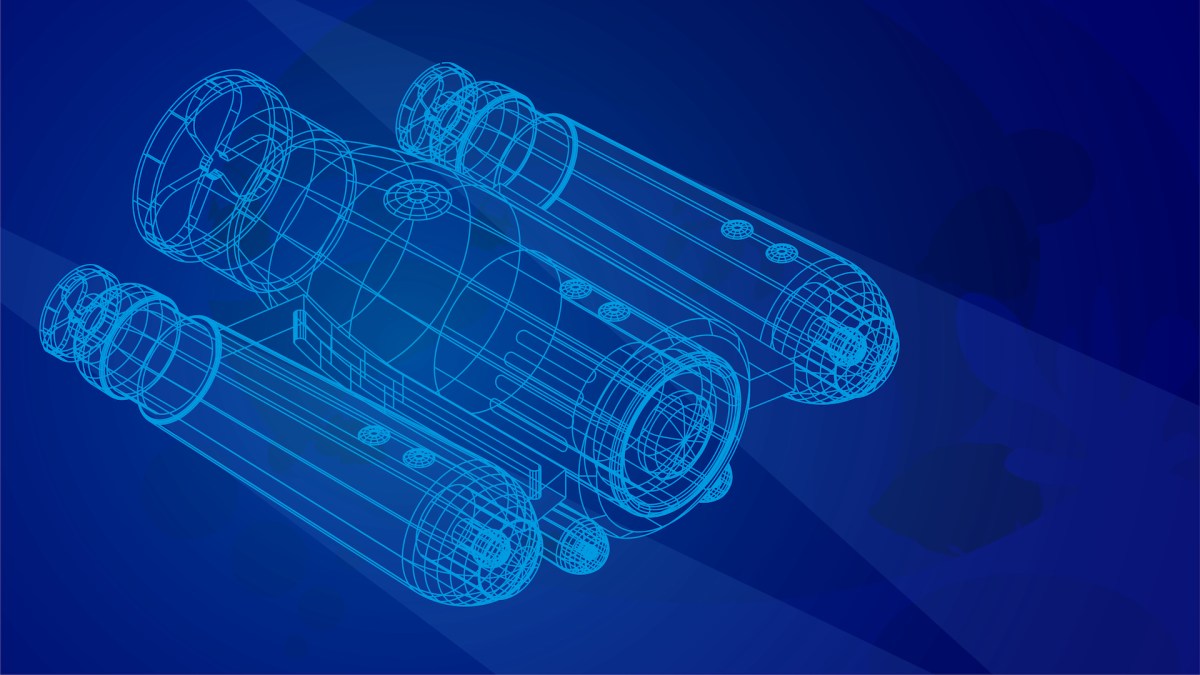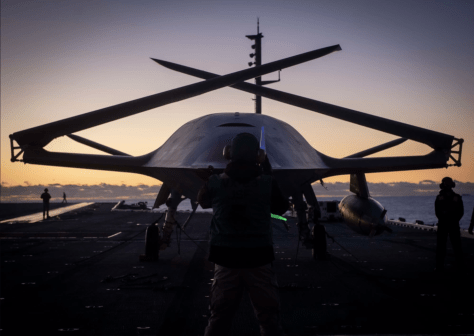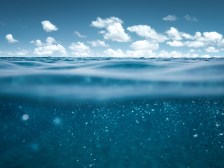Navy to test automated target recognition capabilities for undersea warfare

The U.S. Navy is preparing to put industry systems through their paces as the sea service looks for new underwater sensors, automated target recognition capabilities and other tools to protect assets and perform other critical missions.
Technology Operational Experimentation Event 25.2 is part of a campaign led by the Office of Naval Research-Global that will look at emerging tech to support operational objectives related to “subsea and seabed warfare,” according to a new sources-sought notice.
One of the three focus areas will be on capabilities that can monitor and “defend underwater infrastructure and facilities to deny adversary undersea reconnaissance via emplaced devices or underwater vehicles.” That includes sensors and tools for “automated target recognition,” per an attachment to the notice.
Lawmakers have voiced concerns about potential threats posed by adversaries’ maritime drones operating in U.S. waters and near American military facilities. They’ve suggested the Pentagon may need to procure new tools to counter those types of systems.
“Incursions of unmanned aerial vehicles into United States airspace is an issue of concern. The committee believes that potential incursions of unmanned underwater vehicles (UUVs) could pose similar problems for our security,” members of the Senate Armed Services Committee wrote in their report for the SASC version of the fiscal 2024 National Defense Authorization Act, suggesting Pentagon leadership should consider “whether the Department needs to acquire different or enhanced capabilities to neutralize future threats from UUVs.”
During a counter-drone panel at NDIA’s Emerging Technologies for Defense Conference and Exhibition last week, Mike Dickerson, executive director of the Navy’s maritime accelerated response capability cell, highlighted the growing threats that the sea service must contend with.
“It’s not just unmanned aerial systems. It is also in the surface and underwater domains. But really, from my perspective, both systems in the surface and the underwater domains are following a very similar pathway to what we saw with the unmanned aircraft threat. They may be a few years behind, but it’s following the exact same exponential increase in capability and in proliferation across the board. And obviously we’re going to continue to face these challenges as technologies evolve and as novel, innovative ways to employ them continue to change. But I personally believe that with the right approaches, the right partnerships, and really with targeting some of the investments in the appropriate areas, that we’ll remain postured to appropriately address this threat,” Dickerson said.
The Navy has been eyeing potential solutions.
Last year, the service sent a notice to industry that it was seeking technologies related to seabed and port security for defense against divers and UUVs, including capabilities to support detection, tracking and fire control needed for engagement of potential undersea threats.
The Navy has also worked with the Defense Innovation Unit to pursue targeting-related technologies through Project Automatic Target Recognition using Machine Learning Operations for Maritime Operations — also known as Project AMMO.
For TOEE 25.2, other focus areas include capabilities that facilitate autonomous undersea navigation, collaborative autonomy and mission behaviors “during long range unmanned underwater transits without exposing the platform to detection,” as well as tools and decision aids that enhance command and control and “enable effective planning and mission coordination of distributed [subsea and seabed warfare] assets,” according to the new notice.
The experimentation campaign is being planned amid a broader push by the sea service — and the Defense Department writ large — to acquire AI and autonomy tools to both aid commanders’ decision-making and enable uncrewed platforms to operate collaboratively or as part of a larger network of manned and unmanned systems.
The interest in enabling technologies comes as the Navy is pursuing large UUVs to beef up its undersea capabilities for long-range intelligence, surveillance, reconnaissance and other missions, without putting sailors in harm’s way with manned submarines.
In February, the Defense Innovation Unit in partnership with the Navy’s program office for advanced undersea systems, announced that three vendors — Anduril Industries, Oceaneering International and Kongsberg Discovery — had been awarded contracts to prototype large undersea drones for the U.S. military.
“Undersea warfare is critical to success in the Pacific and other contested environments, providing needed autonomous underwater sensing and payload delivery in dispersed, long-range, deep and contested environments is key. Crewed submarines are high-value, high-resource capital platforms necessary for crucial combat missions. In particular, the U.S. military requires a fleet of Large Displacement Unmanned Underwater Vehicles (LDUUVs) with diverse capabilities,” DIU said in a release at the time.
Separately, in December 2023, the Navy took delivery of its first Orca unmanned submarine. The extra-large UUV is intended to be a high-endurance undersea drone with a modular payload bay that can travel long distances autonomously and lay mines or perform other missions.
Meanwhile, the outcome of the TOEE 25.2 experimentation will inform Navy science-and-technology investments — including for further development, transition, or divestiture — according to the notice.
“Limited technical assessments” of capabilities performed by government personnel at contractor facilities are slated to take place in the October-November timeframe.
According to officials, the Office of Naval Research-Global intends to invite contractors with “standout systems” to participate in the TOEE 25.2 experimentation series throughout fiscal 2025. “Limited objective experiments” and an “advanced capability experiment” at government ranges are planned for January 2025 and September 2025, respectively.
Responses to the RFI are due Sept. 27. Before the deadline, the sea service plans to hold a virtual industry day Aug. 28 to discuss the initiative.






